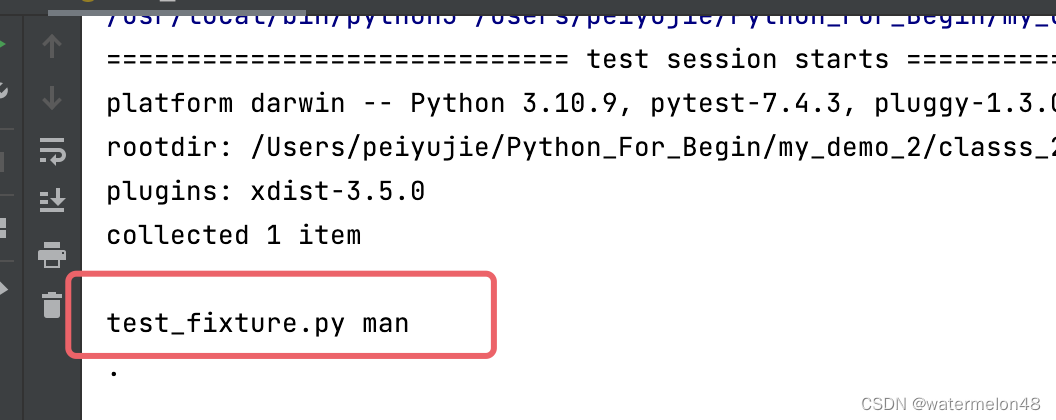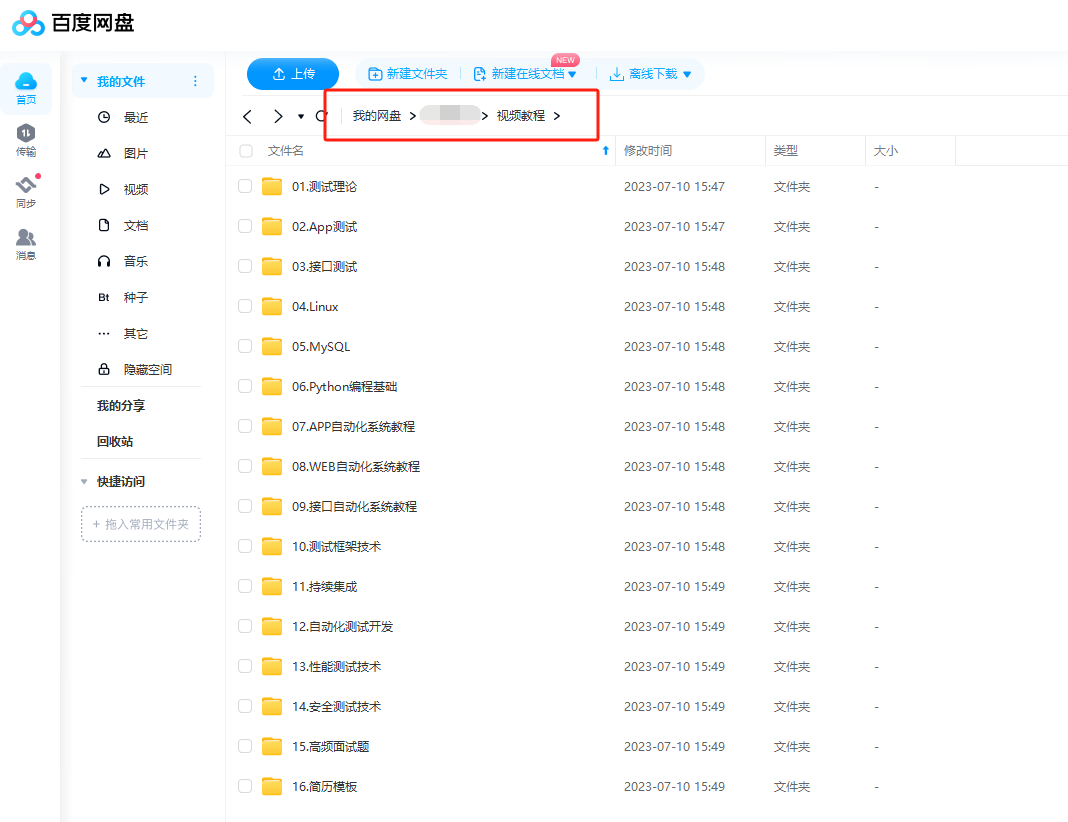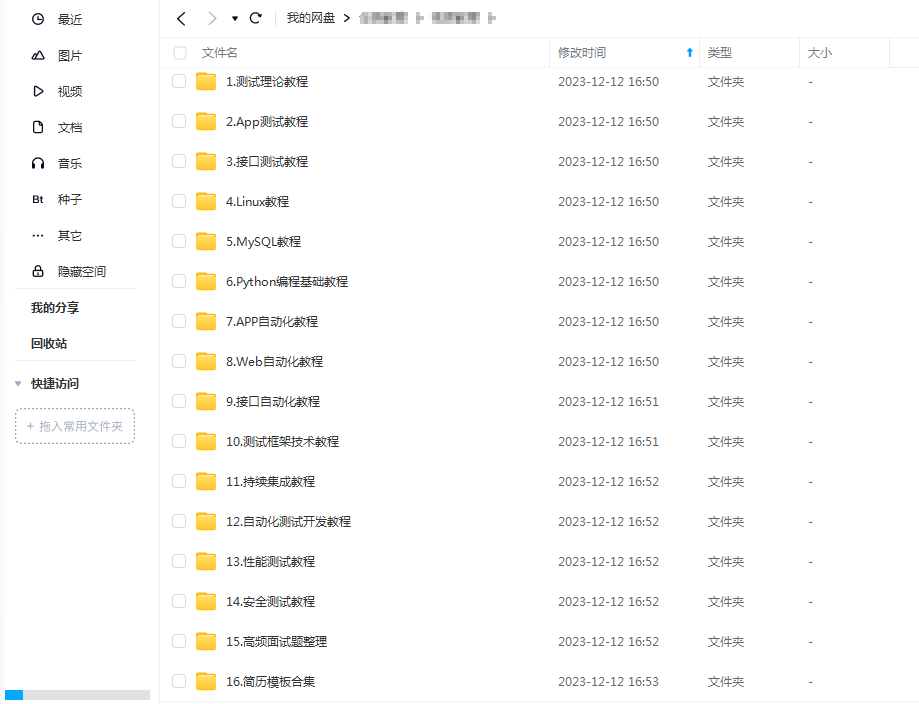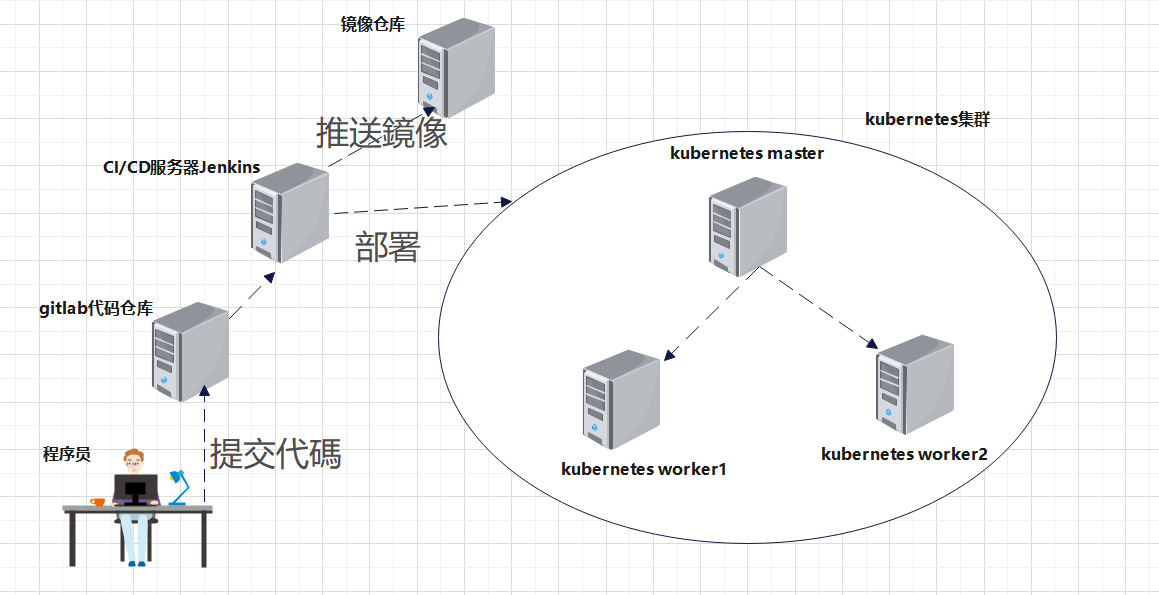
fixture 是 pytest 中非常重要的功能,大部分项目都可能会用到 fixture。
pytest 的内置标记 usefixtures 可以帮助用例自动的使用 fixture
1. 创建 fixture
pytest 中的 fixtures 大致有两个用途
在用例执行之前、执行之后,自动的执行
通过 fixture 为用例提供数据
@pytest.fixture()def print_msg():print('用例开始执行') # yeild 之前为前置yieldprint('用例执行结束')# yeild 之后为前置@pytest.fixturedef base_url():yield 'https://www.baidu.com' # yeild 指定返回值
当然了,也可以同时实现两种用途
@pytest.fixturedef base_url():print('用例开始执行') # yeild 之前为前置yield 'https://www.baidu.com' # yeild 指定返回值print('用例执行结束')# yeild 之后为前置
2. 请求 fixture
用例如果需要使用 fixture,可以通过标记 usefixtures 来进行请求。
注意标记名是 s 结尾,表明允许同时请求多个 fixture:
test_name: 请求fixturemark:- usefixtures:- print_msg- base_urlsteps:- request:method: geturl: http://baidu.com
执行结果如下:

图 1. 请求 fixture 执行前后置操作
3. 使用 fixture 返回值
在 fixture 的第二个用途中,会为用例提供数据。
那么用例该如何获取和使用这个数据呢?一共有两种方式
第一种方式,
如果该数据是字符串或数字,可以直接写入 yaml 中使用的,可采用【参数变量】的方式进行使用
test_name: fixture返回值mark:- usefixtures:- print_msg- base_urlsteps:- request:method: geturl: ${base_url}/abc.html
执行结果如下:

图 2. 使用 fixture 返回值
有结果可知,用例使用来 fixture 的返回值来决定服务器地址
第二种方式,
如果 fixture 返回值是一个对象,不能直接作为 yaml 内容,可在 hook 中更灵活的使用
首先创建 fixture:
@pytest.fixture()def driver():obj = webdriver.Chrome()yield obj
接着在 yaml 中请求 fixture:
test_name: 在hook中使用fixturemark:- usefixtures:- driversteps:- request:method: geturl: /abc.html
最后在 hook 中指定 fixture 返回值使用方式
def pytest_yaml_run_step(item):step = item.current_steprequest = step.get('request')fixture_client = item.usefixtures.get('client') # 获取usefixtures中的fixtureif fixture_client:fixture_client.request(**request) # 使用fixture发送请求return
第二种方法为用例的执行方式提供更多的灵活和扩展性,适合对 pytest 比较熟悉之后使用。
4. 参数化 fixture
pytest 的 fixture 也可以参数化,其效果和 mark.parametrize 相似,都会生成更多的用例来执行。
唯一的区别是:
mark.parametrize的参数值由用例提供,写在 yaml 中fixture 参数化的参数值由 fixture 提供,写在 python 中
下面是一个参数化的 fixture
@pytest.fixture(params=['a', 'b', 'c'])def name(request):return request.param
其返回值不是固定的,而是依次将 a、b、c 作为返回值,这使得请求该 fixture 的用例也湖执行 3 次。
test_name: fixture返回值mark:- usefixtures:- namesteps:- request:method: geturl: https://www.baidu.com/?o=${name}
执行结果如下:

图 3. 使用参数化 fixture
能看到这里说明是真爱,关注一下吧












































